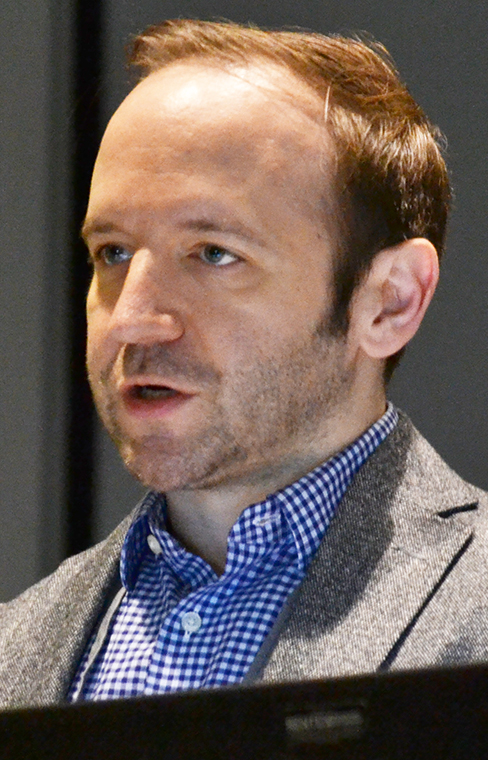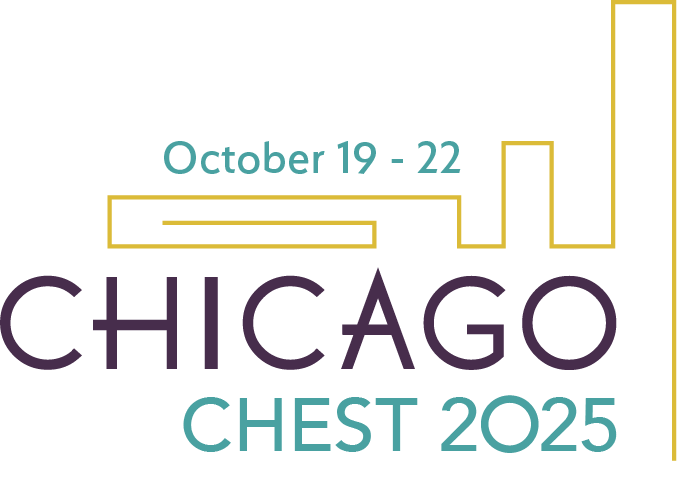In order to effectively manage the complex pulmonary vascular complications associated with cirrhosis, clinicians must be equipped with the latest knowledge and strategies about these conditions.
Experts discussed portopulmonary hypertension (PoPH) and hepatopulmonary syndrome (HPS) during the CHEST 2025 session Pulmonary Vascular Challenges in Cirrhosis, on Monday, October 20, in Chicago.
Unmasking PoPH in cirrhosis

Matthew T. Siuba, DO, MS, Assistant Professor of Medicine at the Cleveland Clinic, reviewed the diagnostic workup for PoPH in cirrhosis.
Not all pulmonary hypertension (PH) in cirrhosis is PoPH, he explained. PoPH is defined by the presence of precapillary PH in the presence of portal hypertension without an alternative cause of PH. Proper identification and characterization of PH is essential in patients being considered for liver transplant.
“It’s really important that you have legitimate precapillary disease and you assess for other causes of pulmonary hypertension because there may be concurrent diagnoses,” Dr. Siuba said.
Dr. Siuba mentioned a helpful clue for clinicians to distinguish between precapillary and postcapillary disease using an echocardiogram: the notched right ventricular outflow tract velocity-time integral morphology. Normally, the right ventricular outflow tract is in a parabolic shape. With worsening PH, the curve will shift to the left and notching in the waveform will develop.
Navigating PoPH management

Hilary M. DuBrock, MD, Associate Professor of Medicine at the Mayo Clinic, discussed the medical management of PoPH.
The medical management of PoPH is complex, requires multidisciplinary care, and may vary depending on PH and liver disease severity and liver transplant candidacy, she said. Treatment options for PoPH are similar to those for other types of pulmonary arterial hypertension (PAH) but have a lot less disease-specific data. The only randomized clinical trials that have included patients with PoPH were for macitentan and riociguat.
“We have very little data and evidence to help guide our medical treatment approach, which is why it is kind of a gray zone in terms of right or wrong answers for treatment,” Dr. DuBrock said.
She pointed to current guidelines that recommend initial treatment with oral monotherapy with a phosphodiesterase-5 inhibitor (PDE-5i) or an endothelin receptor antagonist (ERA) for patients with low-risk or mild to moderate PoPH and combination PDE-5i and ERA treatment for patients who are not low-risk or have severe PoPH.
Importantly, she said, patients with treated PoPH meeting acceptable hemodynamic criteria on follow-up right heart catheterization may be eligible for a model for end-stage liver disease exception to expedite and prioritize liver transplantation.
HPS diagnosis and management hurdles

Yu Kuang (Julie) Lai, MD, Clinical Assistant Professor at Stanford University, detailed the diagnosis of HPS and post-liver transplant hypoxemia.
To diagnose HPS, three criteria must be met: the presence of liver disease with or without portal hypertension, evidence of an intrapulmonary shunt, and hypoxemia not explained by underlying cardiovascular disease.
While a liver transplant is the only cure for HPS, post-liver transplant hypoxemia is a recognized complication and one of the leading causes of prolonged stays in the ICU, especially in patients with severe HPS. Unfortunately, the definition of post-liver transplant hypoxemia in HPS lacks a strong physiological basis.
“It’s more important for you to proactively plan a treatment strategy when you recognize your patients going down this pathway rather than wait for their hypoxemia to reach this arbitrary threshold before considering intervention,” Dr. Lai said.
Importantly, the severity of HPS alone should not prevent liver transplant listing, as transplant outcomes in severe HPS can be similar to those with mild HPS when careful planning and a multidisciplinary approach are used.
Liver transplant in PoPH

Olivier Sitbon, MD, PhD, Professor of Respiratory Medicine at Université Paris-Saclay, presented on the changing role of liver transplant in the treatment of PoPH.
While liver transplantation is indicated for severe HPS and can cure the disease, Dr. Sitbon said, it has historically been contraindicated in patients with severe PoPH.
“With the development of PAH therapies and extensive experience in PoPH, we can now consider liver transplant in patients with PoPH,” he said.
The use of PAH medications usually leads to significant hemodynamic improvement in patients with PoPH. Dr. Sitbon cited one study analyzing data from the French PH Registry, in which only 6% of patients at baseline were eligible for a liver transplant. However, after five months of therapy with PAH medications, this proportion increased to 70%.
PoPH generally stops progressing after liver transplantation, he said. Importantly, patients with PoPH who undergo liver transplantation have the best long-term survival rates.

Call for Topics Is Open
Feeling inspired by all the great sessions in Chicago? Help shape the curriculum for CHEST 2026, October 18 to 21 in Phoenix, by submitting topic ideas from areas you’re passionate about, topics affecting your practice, or new technologies you’d like to learn more about. The submission deadline is Tuesday, December 2, at 2 pm CT.


